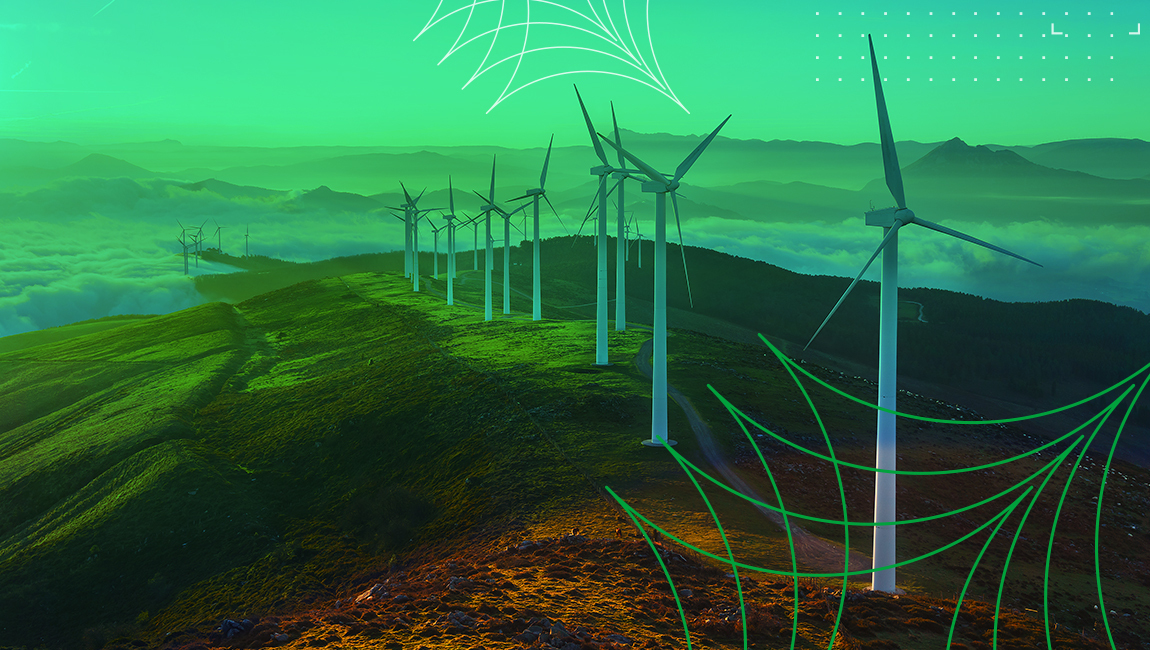Circular Economy: definition and benefits
What is Circular Economy and what is Prysmian Group doing in terms of Environmental Protection?
Nowadays, the predominating economic model is linear. This mainly means that we use natural resources to create products that we then dispose of after a short time, producing high amounts of waste and leading to an alarming shortage of natural resources, along with worrying levels of pollution.
To break this cycle, we have to embrace a new economic model, where natural resources are handled more responsibly. In other words, we need to shift towards what is called a circular economy.
What is Circular Economy: a definition
Circular economy is an economic system that aims to minimize waste and promote sustainability by keeping resources in use for as long as possible, extracting the maximum value from them, and then recovering and regenerating products and materials at the end of their life. In other words, the underlying concept of a circular economy is that products are designed to be reused, repaired or recycled, rather than being disposed of after a single use.
The aim of a circular economy is hence to create a closed-loop system where waste and pollution are minimized and resources are conserved, reducing the environmental impact of production and consumption.
Linear Economy VS Circular Economy
As stated above, circular economy is a response to the traditional linear economy, which is based on the "take-make-dispose" model, where resources are extracted, used to make products, and then disposed of after their useful life. A circular economy, on the other hand, aims to shift towards a more sustainable model by keeping resources in use for as long as possible and reducing the need for new resource extraction.
More precisely, the main differences between these two models can be clustered in the following macro-areas:
- Resource exploitation. A linear economy relies on a "take-make-dispose" approach, while a circular economy adopts a "reduce-reuse-recycle" approach.
- Waste management. In a linear economy, waste is typically disposed of in landfills or incinerators, among other waste management systems. In contrast, a circular economy aims at minimizing waste by promoting reuse, repair, and recycling.
- Product quality. In a linear economy, products are designed for obsolescence, with the goal of inducing consumers to replace them frequently. In a circular economy, products are designed to be durable and repairable, in order to extend their lifespan.
The benefits of Circular Economy
At this point, it is clear that a circular economy is a more sustainable and efficient model that tackles the most urgent sustainability threats, such as climate change, biodiversity loss and pollution. It thus brings plenty of economic, social and environmental advantages to society, including:
- Environmental protection, as it reduces the amount of waste generated, fosters the use of renewable resources and helps to combat climate change by reducing greenhouse gas emissions (therefore helping to reach carbon neutrality).
- Economic growth, as it creates new business opportunities, encourages innovation and reduces the cost of raw materials.
- Natural resources efficiency, by keeping materials and products in use for longer, helping to preserve natural resources for future generations.
- Better product quality, since a circular economy encourages the design of more durable, repairable and recyclable products.
- Improved social well-being. Overall, a circular economy creates social benefits by promoting sustainable consumption and production patterns, therefore protecting human health and biodiversity.
Circular Economy and Environmental Responsibility in Prysmian Group
During 2022 Prysmian Group further strengthened its efforts in the environmental sustainability area. This also reflected in a greater focus on the circular economy and in particular on raw material management, with a view to, on the one hand, purchasing recycled materials, and, on the other, extending their life within the production cycle. Prysmian Group is in fact strongly committed to implementing circular economies to reduce its own environmental impact, using fewer resources to manufacture its own products and keeping materials in the production cycle as long as possible.
The Group’s approach to circularity breaks down into three main aspects:
- Procurement of recycled materials. Prysmian Group has worked together with its suppliers, in order to develop market opportunities for recycled materials, either for metals or for plastics to insulate and protect cables.
- Minimizing waste. Prysmian has long undertaken to make wise and aware use of its own resources to reduce the waste products from every production process. The Group’s Policy on Health, Safety, the Environment and Energy1 for systematic energy management and the optimisation of resources and materials bears witness to the Group’s responsibility in this matter.
- Waste recycling downstream from our plants. For some years now, Prysmian has set objectives intended to increase the percentage of recycled waste: as stated in the latest Sustainability Report, in fact, in 2022 total recycled waste rose to 71%2 .
Prysmian Group is hence actively committed to safeguarding and protecting the environment and conserving natural resources, in order to create sustainable value for the benefit of both the organization and its stakeholders.



